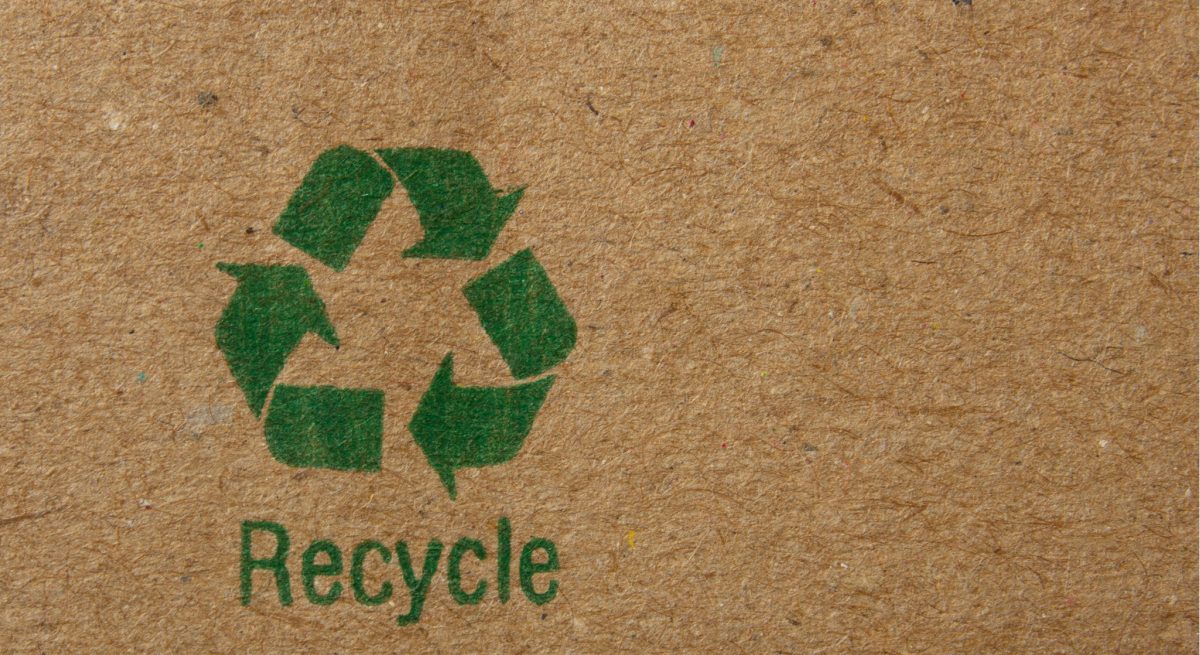Restaurants Save Money with the Right Recycling Practices
3 Min Read By James Bhat
In 2018, when China stopped accepting plastics and recycling from the US, waste management professionals wondered whether the recycling industry could survive the loss of a major market for America’s commodity scrap. Two years later, the verdict is in. While recycling costs have undeniably increased, demand for high quality recyclables is still growing. Global demand for paper and cardboard is projected to grow by 1.2 percent a year, and the plastic recycling market by $14.74 billion by 2024. This is good news for restaurants, particularly chains and franchises that want to be environmentally sustainable while saving money in the process.
Recycling remains an affordable alternative in part because space for landfills is at a premium: the US is expected to run out of room in its landfill within 18 years, according to a recent report by the Solid Waste Environmental Excellence Protocol (Sweep). As landfills reach capacity, creating new ones has proved challenging, particularly in densely populated urban areas. Though landfill closures have also contributed to rising costs, recycling is still the cheaper option for waste disposal.
While COVID-19 has posed numerous economic and logistical challenges for restaurants, the slowdown in business also provides an opportunity to evaluate existing processes and introduce new initiatives, like a recycling program. When launching such a program, managers can decrease their costs and increase their chances of success by using a bin system to separate recyclables from other trash, educating staff on proper recycling procedures, and monitoring disposal practices to verify that employees are putting their training to work.
Source Separation
Management commitment to “source separation”—i.e. separating recyclables from other waste— is often the deciding factor in the success of a recycling program. At one major fast food chain, locations that used a bin system for source separation reported a major reduction in overall trash compared to equivalent locations that did not implement such a system. Making a diligent effort to separate cardboard, metals and different kinds of plastics before these materials reach your dumpster not only reduces your amount of trash, it can also dramatically reduce the amount you spend on trash removal. Restaurants that separate out items contaminated with organic food waste can realize even bigger savings.
The first step in source separation is to establish different locations for depositing trash and recyclables. Diverting recyclables into the correct bin or bins is key because improper disposal can contaminate an entire load, sending it straight to your local landfill. Signage that illustrates where and how to separate waste is key to a successful recycling program. Color coding bins to clearly identify trash and recycling receptacles is also helpful, because most of us are already primed to associate blue bins with recycling and green or brown bins with organic waste. These visual references allow employees to see in mere seconds which items can be recycled.
Staff Training
Training staff on recycling procedures is another important step that will ensure every employee, from managers to fry cooks, understands how to execute source separation correctly and efficiently. Sending regional managers to a workshop on recycling practices can be an affordable way to initiate training. Once regional managers are trained, they can instruct general and assistant managers, who can then communicate procedures to employees at individual locations. An effective training program will provide employees with hands-on practice using multiple scenarios so that employees gain experience separating different kinds of recyclables from other waste. Providing questionnaires to fill out at the beginning and end of training is a good way to validate retention and assess whether staff understand proper recycling procedures.
A good rule of thumb when implementing a recycling program is to divert one third of the waste to recycling and the remaining two-thirds to landfill. Restaurants that have minimal dine-in traffic may be able to recycle even more, because they don’t have to contend with packaging covered in food from dine-in customers. One quick way to determine whether you’re maximizing your savings is to compare your trash bill with the amount of waste in your trash and recycling dumpsters. If more than two-thirds of your waste is trash—or if you’ve only got one dumpster—you’re sending money out the door. Another money-saving tip is to evaluate your trash pickup schedule: if your disposal company regularly hauls away partially filled loads, you can likely cut costs by reducing the frequency of your pickups.
Do It the Right Way
Establishing a recycling program can be a great way to save money, but it needs to be set up properly. Hiring a third-party to conduct a waste audit, set up a bin system and train staff can help you establish correct protocols and realize the full benefits of recycling. Additionally, waste disposal companies work with so many locations that they can also often get better rates for bulk recycling, and many companies offer consolidated billing to streamline paperwork for chains operating at multiple locations.
As landfills reach capacity, finding affordable ways to dispose of trash becomes ever more imperative. Setting up an efficient recycling program to dispose of restaurant waste can reduce both your costs and your carbon footprint, creating a win-win scenario for your business and the environment.


